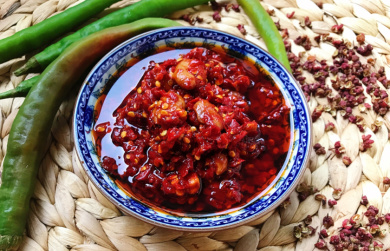Out of doubanjiang? Learn What is a substitute for doubanjiang
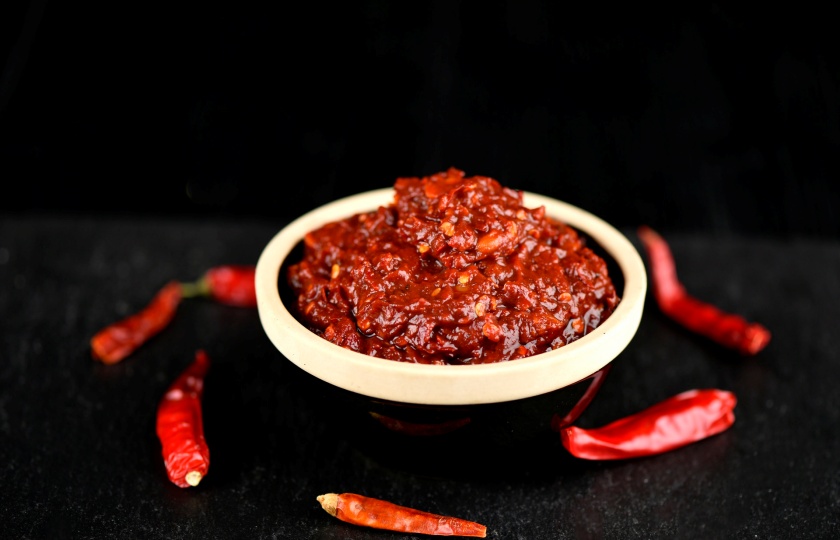
If you love cooking Chinese food, you're probably familiar with Doubanjiang. Many Chinese dishes use Doubanjiang, but what can you use as a substitute if you don’t have it? Let’s explore some alternatives today!
What is a substitute for doubanjiang?
If you don't have Doubanjiang, you can use the following ingredients as alternatives:
Chili Sauce
Chili sauce has a flavor that is most similar to Doubanjiang, except Doubanjiang is saltier. Therefore, if you don’t have Doubanjiang, you can use chili sauce. It’s bright red in color and can also add a salty-spicy taste and color to your dishes.
Soybean Paste (Huang Doujiang)
Soybean paste has a rich flavor, with a strong bean aroma, and is salty and savory. It doesn’t have the distinct spiciness of Doubanjiang, but its pure bean flavor can add a unique taste and texture to your dishes.
Sweet Bean Sauce (Tian Mian Jiang)
Sweet bean sauce has a sweet and salty taste, with a smooth texture. While its sweetness is more prominent, it has a strong fermented aroma and a gentle flavor. It’s a great choice when making dishes with a sweet flavor, like when making Peking-style shredded pork, where it can replace Doubanjiang.
Fermented Black Beans (Dou Chi)
Doubanjiang has a strong fermented black bean aroma, so if you don’t have Doubanjiang, you can use fermented black beans with some chili to substitute. Fermented black beans have a salty, fragrant flavor, and a noticeable texture, making them a rich and intense flavor addition. Adding chili gives a great match.
Chopped Chili (Duo Jiao)
Chopped chili is bright in color, with a fresh and spicy taste, and has a strong chili aroma, along with a fermented sourness. Its flavor is more refreshing. It’s a suitable substitute for Doubanjiang. For example, if you don’t have Doubanjiang in a dish like steamed fish head with chopped chili, you can use chopped chili to cover the fish head. The fresh spiciness will seep into the fish, making it tender and spicy.
Korean Gochujang (Korean Chili Paste)
Korean Gochujang has a balanced sweet-spicy flavor, with a slight fermented sourness and a strong garlic aroma. It has a rich taste and can be used to replace Doubanjiang, but be cautious with the amount used.
What does Doubanjiang taste like?
Doubanjiang has the following flavor characteristics:
Fresh Spiciness: The main ingredients of Doubanjiang are fava beans or soybeans. After fermentation, they develop a strong fermented aroma. When chili is added, it also brings a fresh spiciness.
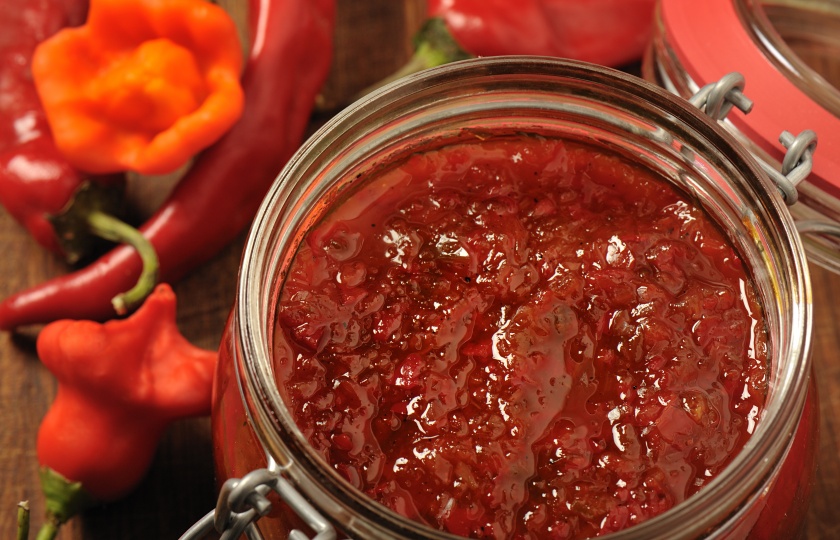
Salty and Savory: During the production of Doubanjiang, a lot of salt is added, so the flavor is distinctly salty and savory.
Slight Sweetness: Different brands of Doubanjiang may have different flavors. Some Doubanjiang develops a slight sweetness during fermentation. This sweetness blends with the salty-spicy flavor, making the overall taste richer.
Fermented Bean Aroma: During fermentation, Doubanjiang develops a strong fermented bean aroma, which is one of the key characteristics that differentiate it from other chili sauces.
Differences in the flavors of different types of Doubanjiang:
Red Oil Doubanjiang: This type is bright red in color, with moderate spiciness and a strong fermented bean aroma. It’s commonly used in Sichuan cuisine.
Old Doubanjiang: It is fermented for a longer time, darker in color, and has a richer, more mellow flavor. It’s ideal for dishes like red-braised dishes or stews.
Non-Spicy Doubanjiang: This version doesn’t contain chili, has a more pronounced sweetness, and is suitable for people who don’t like spicy food.
Can I use miso instead of doubanjiang?
If you don’t have Doubanjiang on hand, you can consider using miso as a substitute.
Miso is mainly made from soybeans, koji mold, and salt, while Doubanjiang is made from soybeans/fava beans, chili peppers, salt, and other ingredients. Miso can be used as a replacement for Doubanjiang, but adjustments are necessary based on the dish’s characteristics. For example, if you’re making Mapo Tofu, you would need to add chili oil or chili sauce in addition to miso to enhance the spiciness.
How to make Doubanjiang at home
If you don’t mind a bit of effort, you can make your own Doubanjiang at home. Homemade Doubanjiang has a great taste and is healthier. Here’s how to make it:
Ingredients:
50g dried chili peppers
200g soybeans
Appropriate amount of salt
2 tablespoons soy sauce
1 tablespoon sugar
Appropriate amount of red yeast rice (optional)
5 garlic cloves
3 slices ginger
Appropriate amount of cooking oil
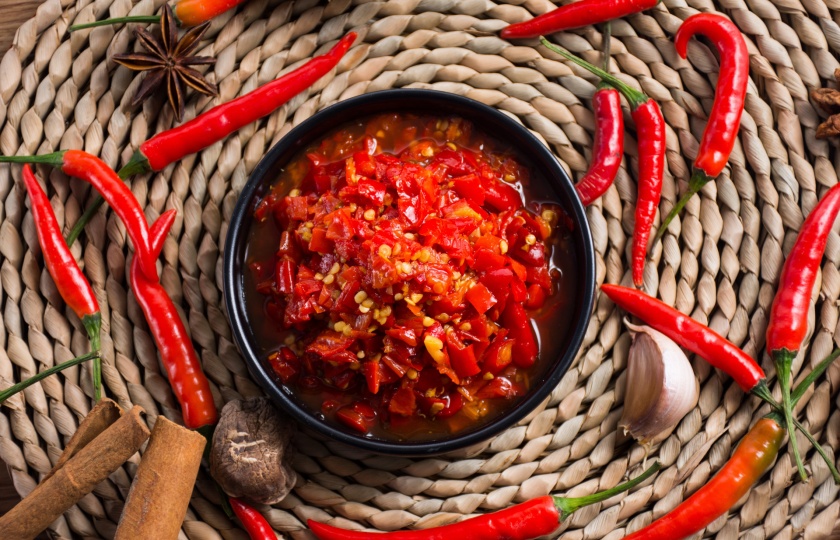
Steps:
Soak the Soybeans: Soak the soybeans overnight to soften them. Then cook the soybeans until done and drain the water.
Prepare the Chilies: Cut the dried chili peppers into small pieces and remove the seeds (if you don’t like too much spice). Then chop the chilies along with garlic and ginger into fine pieces. You can adjust the amount of chili to your preference.
Fry the Seasonings: Heat some oil in a pan, first fry the garlic and ginger until fragrant, then add the chopped chili and red yeast rice (if using). Stir-fry until aromatic.
Blend the Soybeans: Place the cooked soybeans in a blender or mash them manually until they form a coarse paste. It’s better to leave some texture, so the Doubanjiang retains some granularity.
Season: Put the soybean paste into the pan, add the fried chili-garlic-ginger mixture, and stir well. Then add salt, sugar, and soy sauce to taste, and continue stirring over low heat until the sauce thickens.
Fermentation: Transfer the finished Doubanjiang into a glass jar, seal it, and place it in a warm spot for fermentation. After about 1-2 weeks, the Doubanjiang will be ready to use.
What to do with doubanjiang
Doubanjiang has many uses. Here are some of my most common ways of using it:
Seasoning:
I love Sichuan cuisine, and Doubanjiang is an essential helper in my kitchen. I use it in dishes like Kung Pao Chicken and Mapo Tofu to make the flavors richer and more robust.
Hotpot Base:
Doubanjiang is an indispensable ingredient for making hotpot bases. If I can’t find the right hotpot base, Doubanjiang helps to add a delicious flavor to the broth.
Noodle Tossing:
I love tossing noodles with Doubanjiang. Just a simple bowl of white rice or noodles, add some Doubanjiang, minced garlic, and chopped green onions, and the flavor is fantastic—better than what you get in restaurants!
Dipping Sauce:
For light dishes, I often use Doubanjiang to make a dipping sauce. For example, mix Doubanjiang with soy sauce, sugar, minced garlic, and vinegar to create a great sauce for cold dishes.
Does doubanjiang go bad?
Like all food, Doubanjiang has a shelf life. If it’s past its expiration date or stored improperly, it will spoil.
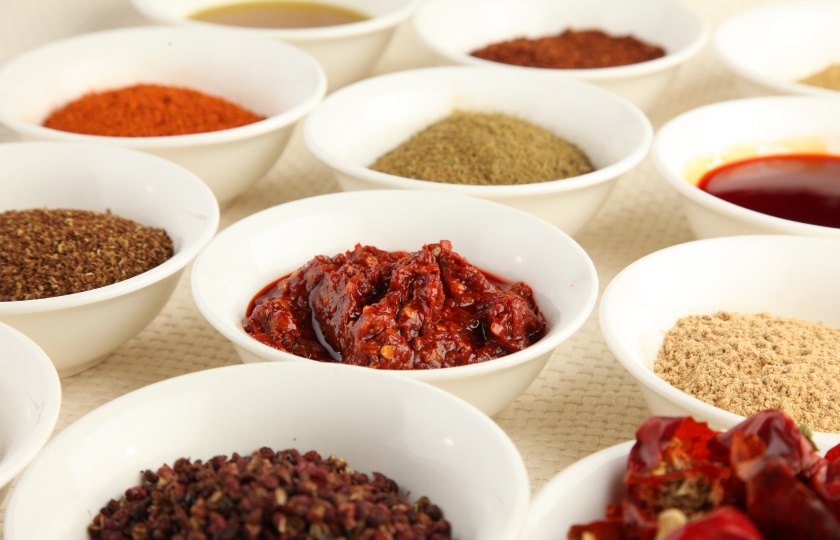
Typically, Doubanjiang has a shelf life of 12-24 months. Once opened, it should be consumed within the shelf life, and you should store it in a dry place to avoid spoilage.












